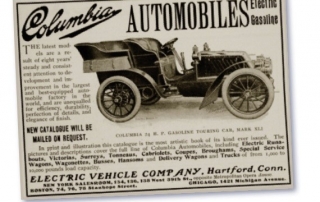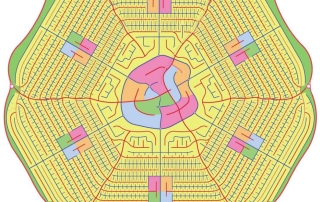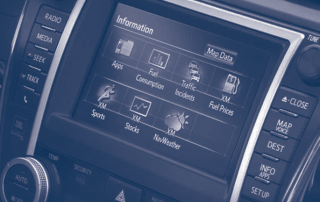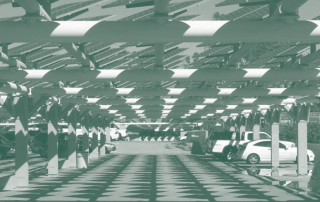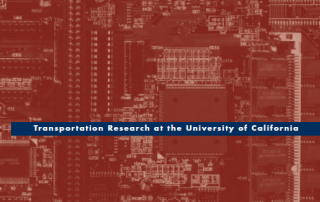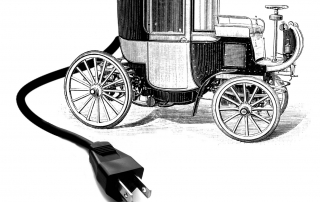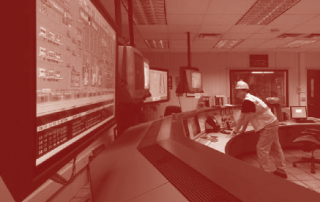Going the Extra Mile: Intelligent Energy Management of Plug-In Hybrid Electric Vehicles
Kanok Boriboonsomsin, Guoyuan Wu, and Matthew Barth
Plug-in hybrid electric vehicles (PHEVs) have generated significant interest for their potential to decrease dependence on imported oil and to cut pollution and greenhouse gas emissions. While hybrid electric vehicles (HEVs) rely on their internal combustion engines to recharge their batteries, PHEVs generally have larger batteries and can be recharged by plugging into an outside electricity source, such as a standard home outlet (Figure 1). As a result, PHEVs are potentially more efficient and cleaner than HEVs, in part because more of their energy can come from clean, renewable sources.

